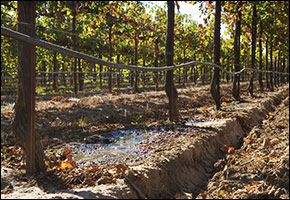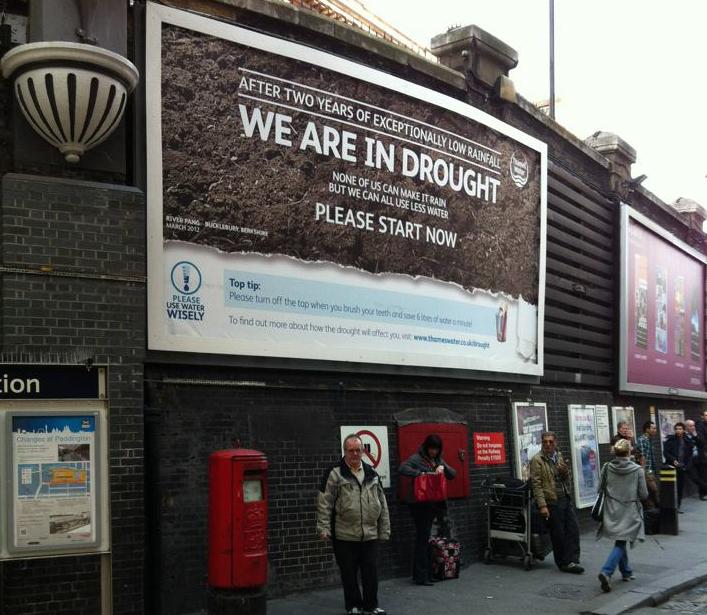Thinking Big and Small About Natural Gas and Water
A U.S. Senate hearing on drought and energy provided some statements to ponder.
Withered corn stalks and cracked soils are images commonly associated with drought. But long dry periods affect the energy sector as well as agriculture.
Several state and government officials testified Thursday before the Senate Energy and Natural Resources Committee about the need to reauthorize the National Integrated Drought Information System, which coordinates federal, state, and local drought response and research.
Michael Connor, commissioner of the Bureau of Reclamation, urged the committee to allocate more money to WaterSMART, an Interior Department program that invests in water-saving projects and river basin studies.
But the most interesting comment touched on the oil and gas production technique called hydraulic fracturing, or fracking. The technique, widely used since 2008 to produce natural gas and oil from shale rock, has come under fire for both the volumes of water it uses – roughly 19 million liters (5 million gallons) per well – and for its degradation of rivers and aquifers.
Yet Michael Webber, deputy director of the Energy Institute at the University of Texas and one of the nation’s top experts on the intersections of water and energy, told the committee that the shift to natural gas provides a net benefit for water use.
“It is important to note that despite the water used with hydraulic fracturing to produce natural gas from shale formations, natural gas use saves water because natural gas combined cycle power plants have less than half the water intensity of coal plants,” Webber testified.
This is a broad analysis, looking at water use not just from extraction, but from electricity generation as well. The research Webber cited compared coal and natural gas production and generation in Texas, estimating that the state could reduce water consumption by 200 million cubic meters (53 billion gallons) per year by switching coal-fired power plants to natural gas combined cycle.
However, there are often severe local consequences.
Researchers at the University of Texas found that annual water use for counties in the Eagle Ford shale formation in southern Texas could rise significantly in the next decade, largely because of fracking. Fracking could increase annual water use by 5.2 percent in Webb County to 89 percent in La Salle County, from a 2008 baseline.
Rising demand from oil and gas customers in the nearby Permian Basin forced Carlsbad, New Mexico city council to triple the price of water for the energy sector.
Webber noted several technical changes that could buffer the natural gas industry from water scarcity:
- Recycling water at the drill site to cut the need for new supplies. (This is already the case in Pennsylvania where nearly 90 percent of fracking water is recycled, according to researchers at Pennsylvania State University.)
- Waterless fracking
- Faster drilling technologies that use less water
- Alternative water sources, such as treated municipal wastewater or brackish water
To this list, Webber also recommended a federal database for water used in energy production, maintained by the U.S. Geological Survey or the Energy Information Administration.
Brett writes about agriculture, energy, infrastructure, and the politics and economics of water in the United States. He also writes the Federal Water Tap, Circle of Blue’s weekly digest of U.S. government water news. He is the winner of two Society of Environmental Journalists reporting awards, one of the top honors in American environmental journalism: first place for explanatory reporting for a series on septic system pollution in the United States(2016) and third place for beat reporting in a small market (2014). He received the Sierra Club’s Distinguished Service Award in 2018. Brett lives in Seattle, where he hikes the mountains and bakes pies. Contact Brett Walton








Leave a Reply
Want to join the discussion?Feel free to contribute!